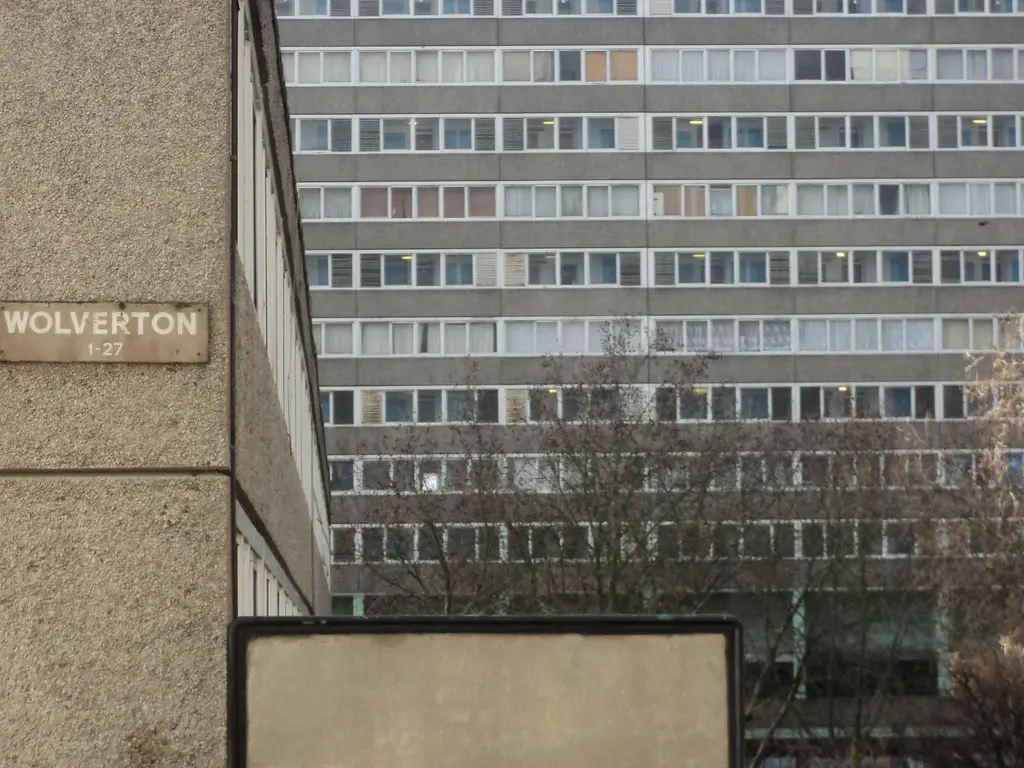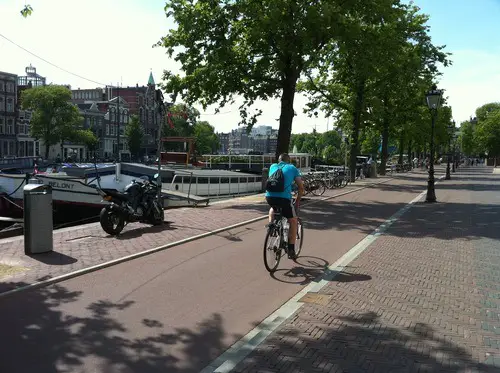London, like many of the world’s cities, is a city of suburbs. With a population density of around 4,795 people per square kilometre, it is less dense than Tokyo, Paris and New York. In fact, despite having a similar population size, London’s 8 million people occupy a massive 1,500 square kilometres – more than twice as much land as New York’s five boroughs.
There are numerous reasons for London’s sprawl. As a result of the city’s historical status, much of central London is geographically defined by former aristocratic estates. Due to their age, these areas are predominantly low-rise, with new building developments restricted as an act of historical preservation.
And despite beginning to show signs of change, British housing design is often historically-rooted, with the market mainly demanding faux-historical, low-rise, free-standing buildings, allowing urban sprawl to proliferate. And with the price of housing in central London double the national average, conditions are ideal for an endless suburbia.
But as London continues to evolve, the role of the suburbs will need to change. At present, two-thirds of London’s GDP comes from central London, yet two-thirds of the city’s inhabitants live in the suburbs. This isn’t necessarily a bad scenario if the framework required for this arrangement is consistent and sustainable, but at present it is far from being either of those things.
The city’s Underground system faces pressure after years of under-investment in its infrastructure, and as a result operates a significantly reduced service at the weekends. Many lines experience closures every weekend, with the majority of these in the suburbs. Unsurprisingly, car ownership is higher in the suburbs, contributing to higher carbon emissions for suburban dwellers. Whilst the reduced cost of suburban living no doubt plays a part in this increased car ownership, the unreliable transport system inevitably does too.
A recent report by London Councils, entitled Successful Suburbs, suggested that if London’s current demographic trends and employment dynamics continue as predicted, 334,000 more homes would need to be provided in the suburbs by 2026. If this prediction is realised and the Underground continues to operate an inconsistent service alongside it, car ownership and carbon emissions will rise in the suburbs.
And the same report suggests that only 200,000 new jobs will need to be created in outer London, showing a clear political support for London’s current dynamic. But should the suburbs exist to serve central London when there is a more sustainable scenario?
The ideal sustainable urban environment is densely built, multi-purpose, and walkable, offering residents employment opportunities close to where they live. But despite being an excellent aspiration, this would be difficult to implement in a city with London’s population. However, it would be possible to encourage an expanded version of this, with a metropolitan transport network that prioritises local commutes over longer-distance travel.
The ideal cities to base such transport models on are the ones currently on the outskirts of Greater London. Cities like Reading and Brighton are both independent of London and have bus-based transport systems that prioritise travel within their boundaries, whilst still providing for the 10% of their workforce that commute to London through train links.
The physicality of London’s underground system and trains is relatively inflexible and would therefore continue to serve outer London in a similar manner to present. However, the suburban bus network is adjustable and could be radically retooled, allowing the suburbs to operate more independently. By implementing a bus-based circumferential transport system in outer London – one which aims to move its residents around a local area, completely avoiding central London – the suburbs would be one step closer to increased independence from London’s centre.
However, a more independent transport network would not be enough. It would also be vital for these areas to provide a variety of long-term employment opportunities in order to maintain their independence – something of a challenge when you consider the economic uncertainty in Britain at present. But if this restructuring of London received the support of both London’s Mayor and Britain’s government, efforts could be made to adjust the geography of employment opportunities in London.
Unfortunately, this vision for London is fiction. As the statistics quoted in the Successful Suburbs report show, London’s government believes the city’s future is essentially an expanded version of the city at present: that the suburbs will need lots more houses, but not so many jobs, ensuring outer London can continue to provide the fuel for central London. But if the city’s transport system remains as inconsistent as it is in its current form, a sustainable future for London’s suburbs will also remain a work of fiction.
Photo: Martin Sepion



